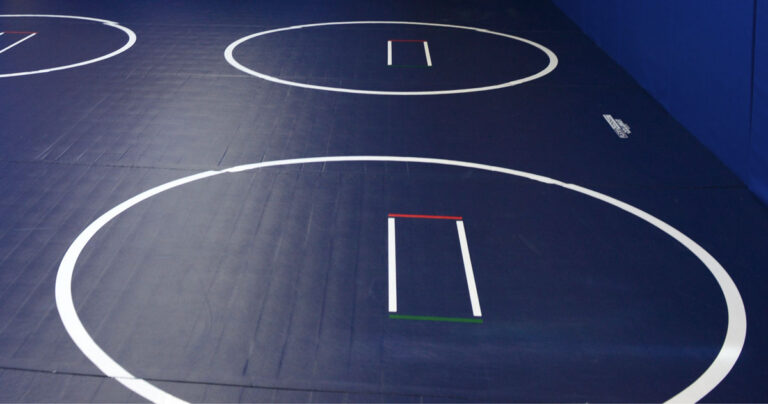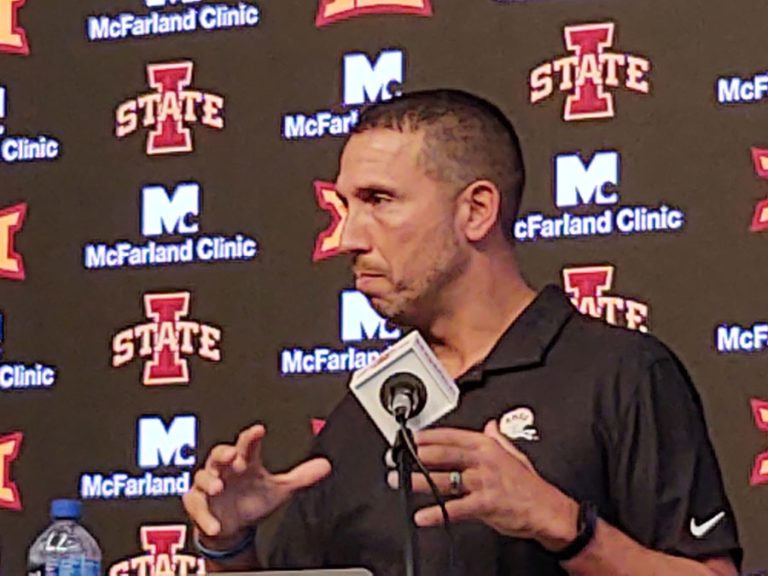Statewide Iowa — Fawning season is here which means car deer collisions will likely tick up and calls to conservation groups about abandoned fawns will begin.
Iowa’s peak fawning season stretches from middle May to middle June, followed by a second and much smaller peak fawning season in July. Fawning season is preceded by yearling bucks being disbursed by the does as she prepares to deliver this year’s fawns.
These newly on their own yearlings go through a learning curve without adults around, which leads to deer being more visible during the day and more young deer involved in vehicle collisions. Drivers are encouraged to use November rut defensive driving techniques like reducing their speed and avoiding distractions and scanning road ditches during this time, according to the Iowa Department of Natural Resources.
After pushing out the yearlings, the does will also be on the move looking for a spot where she feels safe and isolated to give birth. With some urban greenbelt areas experiencing high water, the fawns could show up in flower beds, un-mowed yards or field corners or fence-rows.
DNR forest wildlife research biologist Jim Coffey says, “We see an increase in phone calls this time of year about fawns the caller found “abandoned” in their yard. The reality is that the fawn has been put there by the doe because she determined it to be a safe place and will return frequently to nurse it,” Coffey went on to say, “Laying motionless is a survival technique. Fawns are relatively inactive for the first week or so until its legs are ready for it to follow the doe on its own.”
The white spots on a fawns coat is nature’s camouflage designed to simulate sunlight penetrating the trees on the forest floor, and will disappear over time, being replaced by brown fur as it grows.
Coffey says, “Our best advice is, don’t disturb it, don’t touch it, and don’t pick it up. The doe is caring for it, in fact she’s probably watching you but you can’t see her.”
As part of the Iowa DNR’s chronic wasting disease management plan, fawns will not be rehabilitated to avoid spreading the always fatal disease.











